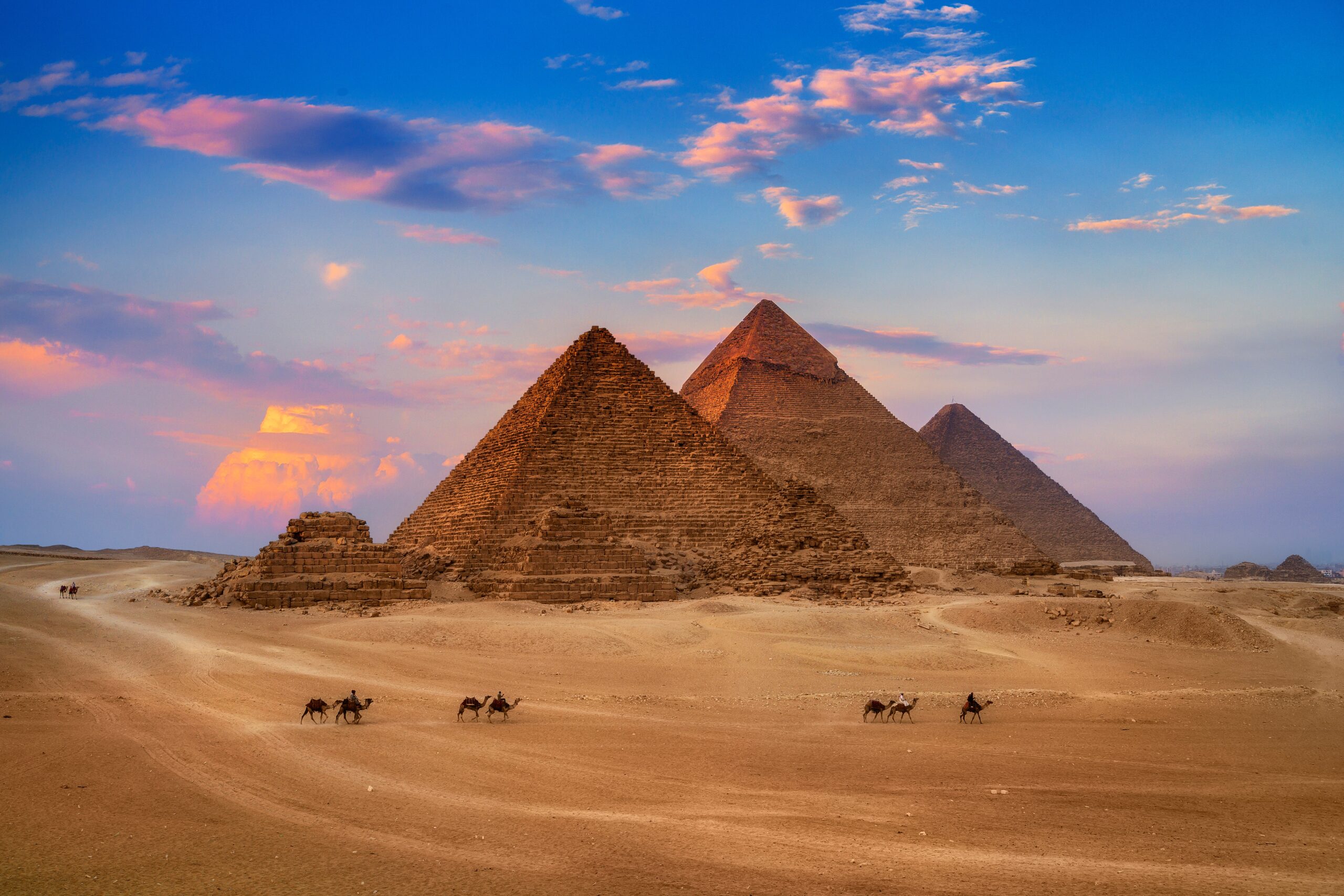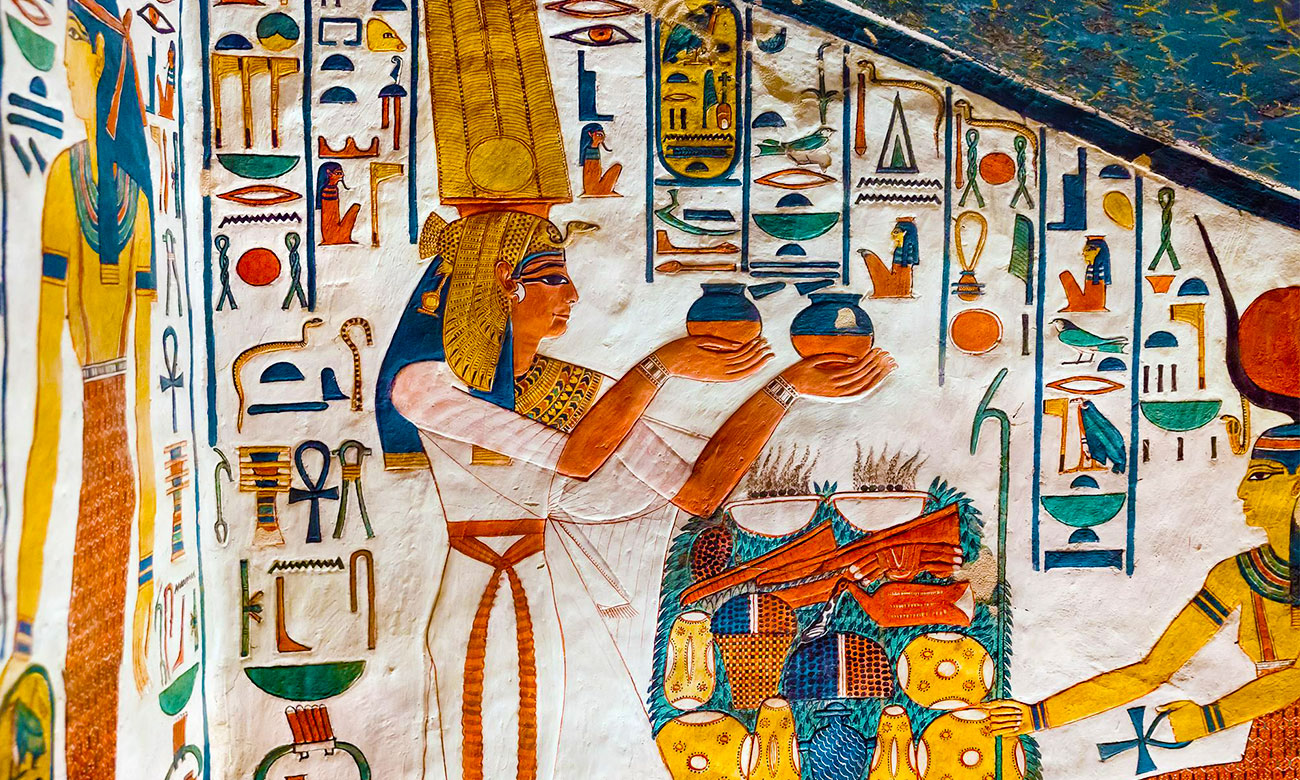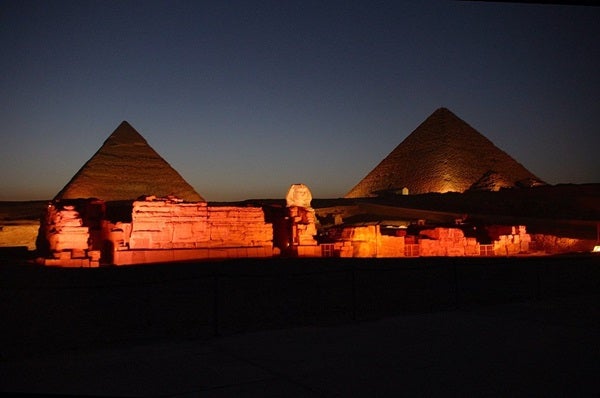Egypt
Pyramids of Giza: Best Photo Spots

<h2>Introduction</h2><h3>Overview of the Pyramids of Giza</h3>The Pyramids of Giza are truly magnificent structures that have stood the test of time. Located on the outskirts of Cairo, these ancient wonders were built over 4,500 years ago as monumental tombs for pharaohs. The most famous among them is the Great Pyramid of Khufu, which was originally 146.6 meters tall and is the largest of the three. These pyramids are more than mere stone structures; they are a testament to the ingenuity and architectural prowess of ancient Egyptian civilization.<h3>Significance of the Pyramids in Egypt</h3>The Pyramids of Giza hold profound cultural and historical significance. They serve as:- Symbols of ancient Egyptian life and belief in the afterlife.- Insights into the civilization’s advanced engineering and organizational skills.- Major tourist attractions that draw millions of visitors each year, thus fueling Egypt's economy.Visiting the pyramids offers a unique glimpse into the past. Standing before them often evokes a sense of wonder and reverence for a society that achieved extraordinary feats with limited technology.
<h2>History of the Pyramids</h2><h3>Construction of the Pyramids</h3>The construction of the Pyramids of Giza is as fascinating as the structures themselves. Built using millions of limestone blocks, each weighing about 2.5 tons, the process required elaborate planning and skilled labor. Interestingly, it is estimated that around 20,000 to 30,000 workers labored on these colossal projects. They likely used ramps, sledges, and an ingenious system of levers to transport the stones.Key aspects of construction include:- **Materials:** Utilized local limestone and granite for durability.- **Techniques:** Employed advanced surveying and architectural techniques to ensure precision.- **Labor Force:** Comprised not just slaves, but skilled artisans and workers motivated by the promise of a secure afterlife.<h3>Purpose and Function of the Pyramids</h3>The primary purpose of the pyramids was to serve as tombs for pharaohs, ensuring their safe passage to the afterlife. Beyond their funerary role, these structures symbolized the pharaoh's power and divine connection. Each pyramid complex included:- **Mortuary Temples:** For the performance of rituals.- **Valley Temples:** Where the body would be prepared for burial.The pyramids stand as monumental reflections of ancient Egyptian beliefs about life, death, and the cosmos, embodying a civilization's quest for immortality.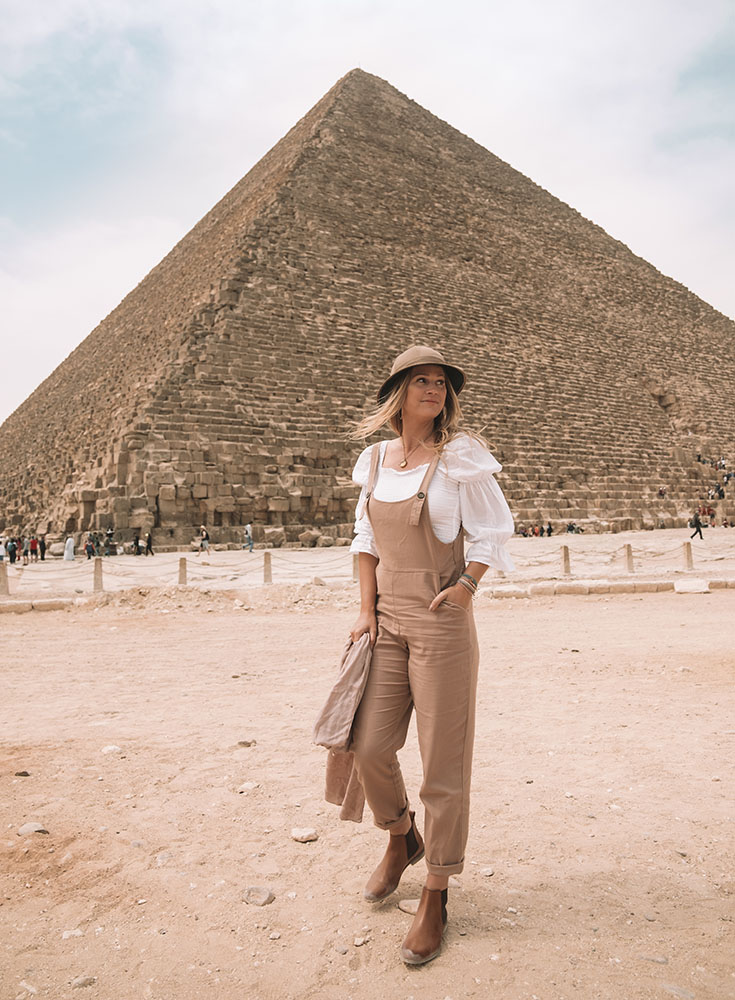
<h2>Best Photo Spots</h2><h3>The Great Sphinx</h3>One of the most iconic landmarks at Giza, the Great Sphinx is a must-visit for any photography enthusiast. With the serene gaze of a lion and the face of a pharaoh, it's a symbol of mystery and power. Early morning or late afternoon offers the best light for capturing stunning images, highlighting the Sphinx's intricate details.- **Tip:** Try to include people in your shots for scale–this creates a dramatic effect!<h3>The Pyramids from the Giza Plateau</h3>The panoramic view from the Giza Plateau showcases the three pyramids rising majestically against the desert sky. This spot is perfect for wide-angle shots that capture their grandeur. - **Tip:** Consider exploring different perspectives; shoot from an elevated position to emphasize the scale and arrangement of the pyramids relative to each other.<h3>The Panorama Point</h3>For the ultimate view of the Pyramids, head to the Panorama Point, where you can capture all three pyramids in one frame. The sunset here is particularly breathtaking, casting a golden glow over the ancient stones.- **Tip:** Arrive early to secure a good spot and experiment with long exposure shots to create ethereal nighttime images of the pyramids under the stars.These locations not only enhance your photography skills but also create lasting memories of your journey through history.
<h2>Tips for Photographing the Pyramids</h2><h3>Lighting and Timing</h3>Capturing the Pyramids of Giza in their full glory largely depends on the right lighting and timing. The golden hour—shortly after sunrise or before sunset—is arguably the best time for photography. The soft, warm light enhances the textures of the pyramids while casting elongated shadows that add depth to your images.- **Tip:** Check the weather forecast! A clear sky can create stunning contrast, while clouds can add drama to your shots.<h3>Composition and Angles</h3>When it comes to composition, think creatively to make your photos stand out. Instead of always shooting head-on, explore different angles by:- **Getting Low:** A lower angle can make the pyramids tower over the viewer.- **Using Foreground Elements:** Including nearby stones or desert flowers in the foreground can add interest and depth to your shots.- **Framing:** Use natural elements such as palm trees or the Great Sphinx as framing devices to draw attention to the pyramids.Experimenting with these techniques can lead to unique and compelling images that tell a story about the majestic allure of this ancient civilization.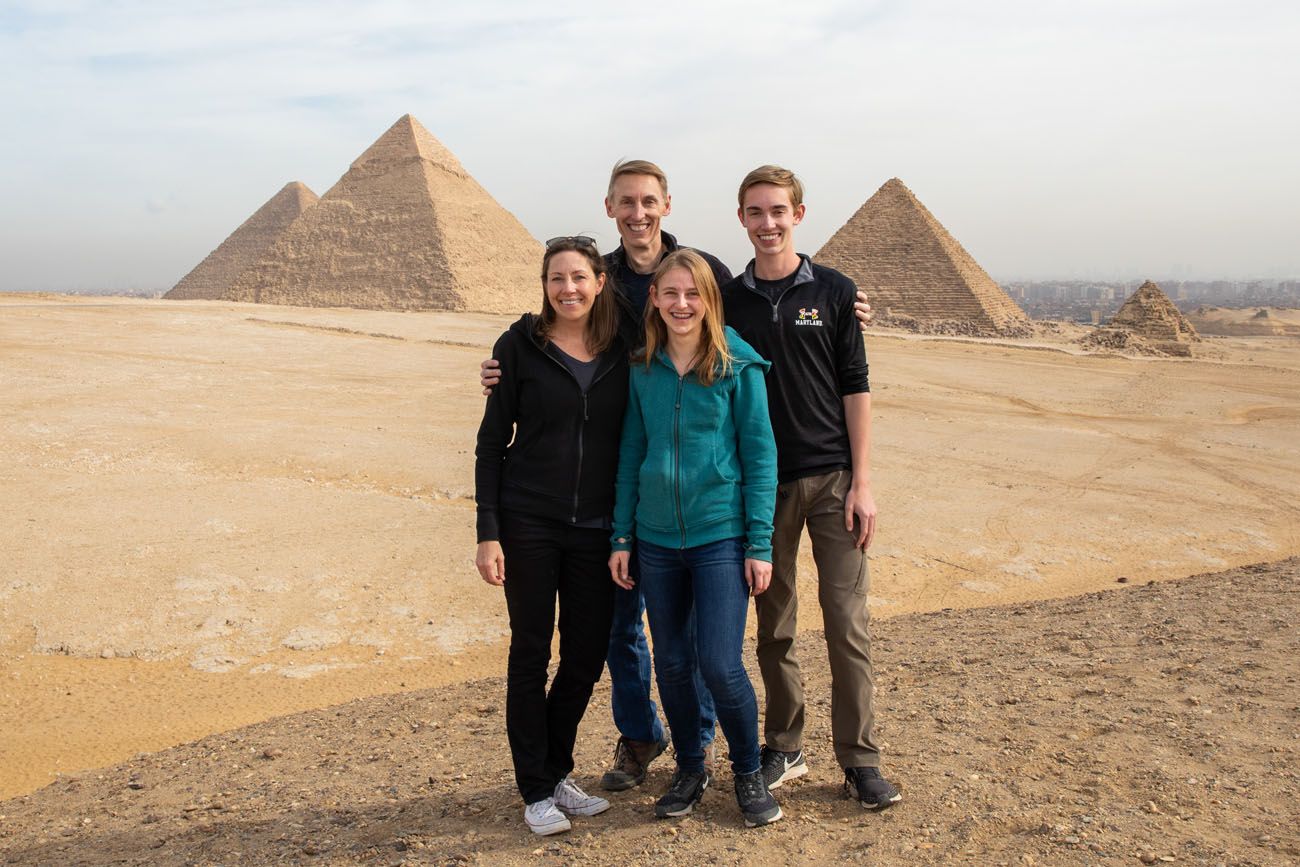
<h2>Etiquette and Guidelines</h2><h3>Respecting the Site and Locals</h3>When visiting the Pyramids of Giza, it's essential to approach the site with respect. These structures are not only historical treasures but also hold significant cultural value for the local community. Engage politely with locals, perhaps asking for permission before capturing their portraits or their businesses in your photographs.- **Tip:** Be mindful of your surroundings and avoid loud conversations that might disturb others enjoying the site.<h3>Rules for Photography at the Pyramids</h3>Photography is a cherished way to capture the magic of the pyramids, but there are some specific guidelines to follow to ensure everyone’s experience is positive:- **No Drones:** Flying drones is prohibited; they can disturb wildlife and other visitors.- **Stay on Designated Paths:** This helps preserve the integrity of the site and ensures safety.- **Respect "No Photograph" Signs:** Some areas may restrict photography; always adhere to posted signs.By following these guidelines, you can enjoy photography while contributing to the preservation of this ancient marvel for future generations.
